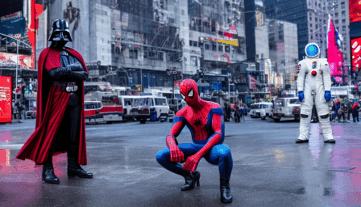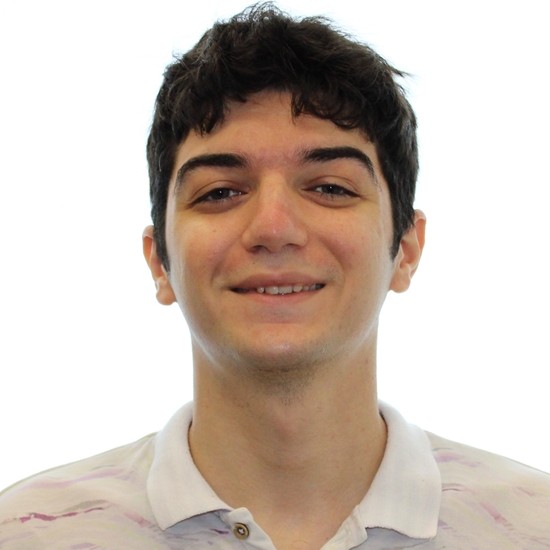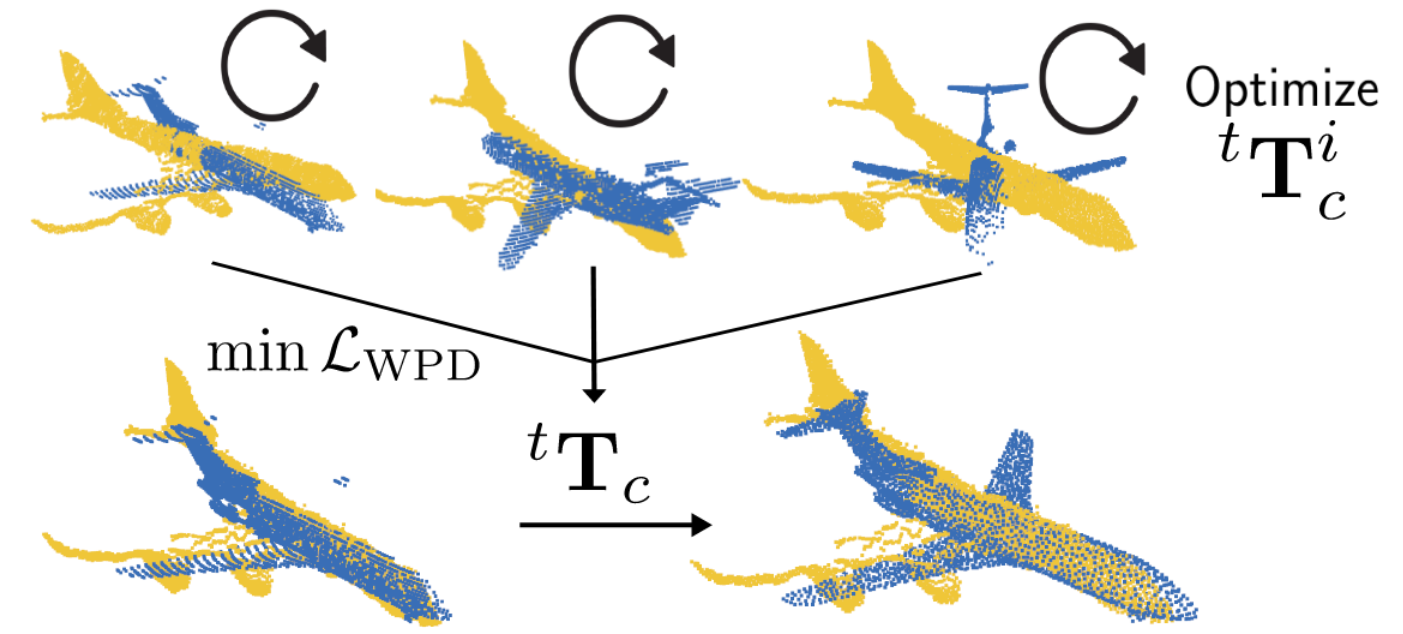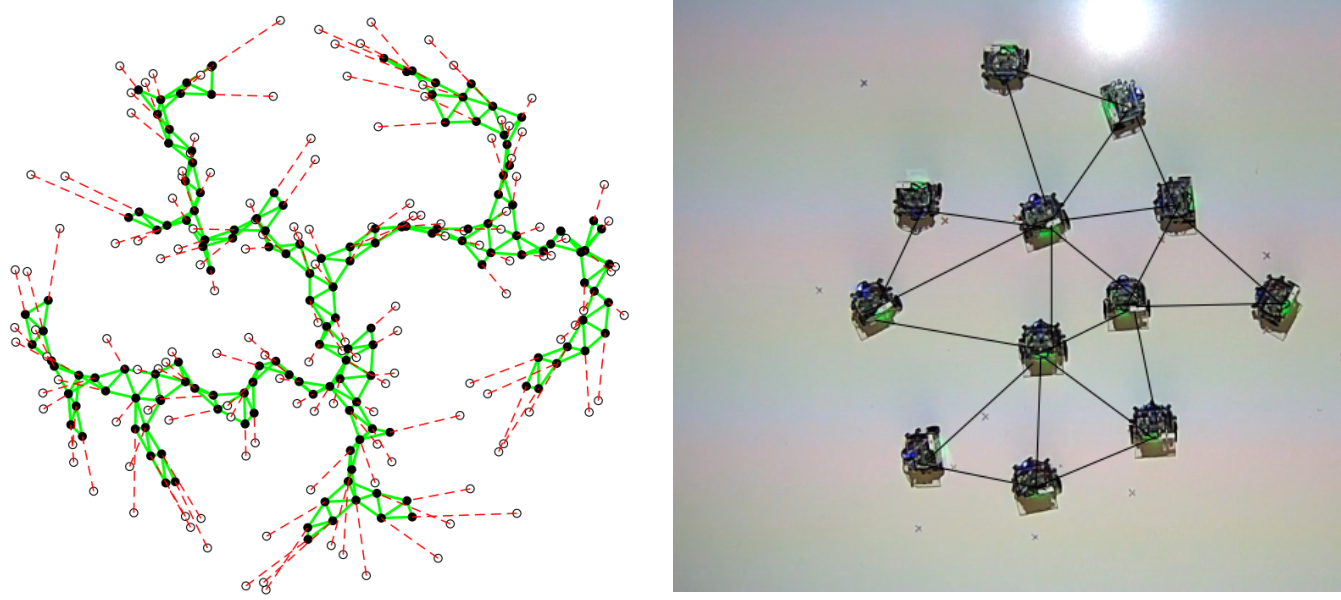
H. Choi*, I. Kasahara*, S. Engin, M. Graule, N. Chavan-Dafle, V. Isler
(in review)
[webpage]
Text and pose embeddings can be composed using attention masks during the diffusion process to achieve instance-level control in images.

I'm a Research Scientist at Samsung AI Center - New York. Previously, I graduated with Ph.D. in Computer Science at the University of Minnesota, working with Prof. Volkan Isler.
My research interests lie in the areas of robotics and computer vision. Particularly, I am interested in enabling autonomous agents to operate in uncertain and unstructured environments. Towards this goal, I use techniques from 3D perception, motion planning, controls and deep learning in my work.
I hold a B.Sc. in Mechatronics Engineering from Sabanci University in Istanbul. Between Jan-Aug 2019, I did an internship at Samsung AI Center, and during the summer of 2021 at Sony.
For more information, please refer to my CV.












